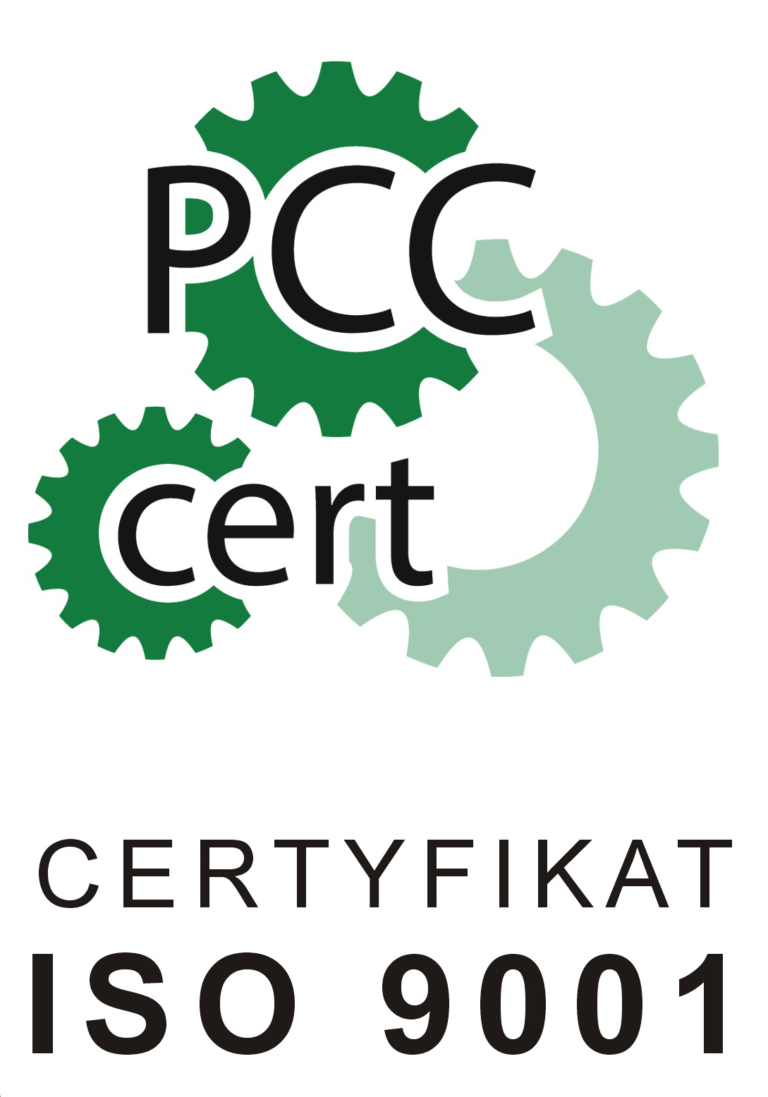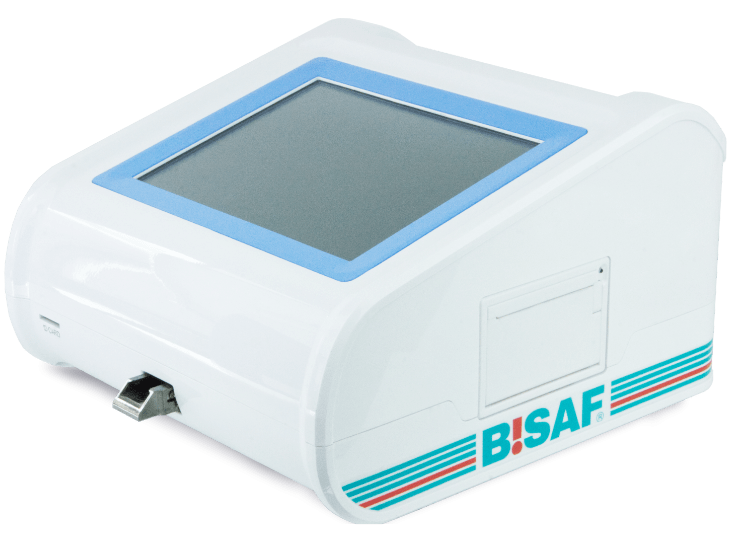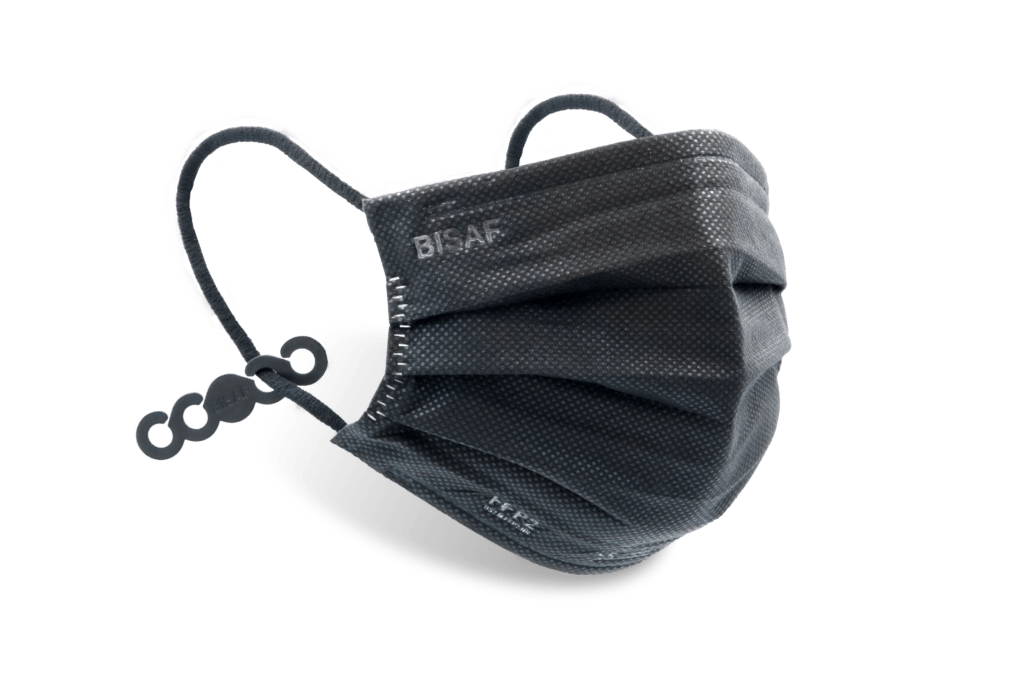Masks for doctors – medical and filtering half-masks FFP2 and FFP3
Masks used by doctors are primarily aimed at protecting the patient and providing him with sterile conditions during surgery and other procedures carried out. The task of masks for doctors is also to protect medical personnel from blood and other body fluids coming from the patient. Protective masks can also be a barrier against viruses or bacteria entering the user’s body during contact with a sick patient.

Medical – surgical masks
The most popular type of masks used by doctors are medical masks, i.e. surgical masks. The task of medical masks is primarily to protect patients from getting infected as a result of contact with medical personnel. Medical masks are also supposed to protect doctors from getting into their body blood and body fluids of patients. The threat to medical staff may be, for m.in example, blood aerosols, infectious particles entering the air during laser use, participation in the disinfection process or contact with patients suffering from tuberculosis, diphtheria, pneumonia, and many other infectious diseases.
Medical masks are only suitable for single use since they become damp at a fairly fast pace, which in turn leads to an increased risk of leakage. Its service life also depends on the level of humidity and ambient temperature. For this reason, you should remember to regularly replace the mask with a new one. Surgical masks do not filter the air but create a physical barrier between the mucous membranes and pollution. In addition, they loosely adhere to the face and are not tight. As a rule, medical masks do not provide sufficient protection in case of viruses. However, they effectively shield
the mouth and nose from contact with droplet-borne secretions, which may also contain viruses.
EN 14683 standard segregates medical masks based on Bacterial Filtration Efficiency (BFE), differential pressure (breathing resistance), and resistance to seepage. Based on this standard, the following protection classes are distinguished:
- Type I – BFE bacterial filtration efficiency ≥ 95%
- Type I R – BFE bacterial filtration efficiency ≥ 95% and resistance to penetration
- Type II – BFE bacterial filtration efficiency ≥ 98%
- Type II R – BFE bacterial filtration efficiency ≥ 98% and resistance to penetration
The most recommended for doctors among medical masks are those in type II and II R, which are not only characterized by a fairly high efficiency of bacterial filtration but are also resistant to penetration.
Antiviral masks and FFP2 filtering half-masks as masks for doctors
FFP3 filtering half-masks are known as so-called anti-virus masks. FFP3 filtering half-masks are often used by medical personnel who come into contact with patients with infectious diseases. Antivirus masks have the highest degree of protection compared to FFP1 and FFP2 classes. They are also much more effective than surgical masks. FFP3 half-masks can retain 99% of various particles, and their leakage level cannot be more than 5%. They guarantee protection m.in against radioactive and carcinogenic substances, as well as viruses, fungal spores, or bacteria. However, FFP3 filtering half-masks can be uncomfortable during many hours of change, as the filters contained in them offer great resistance when exhaling air. Therefore, some are equipped with a special valve (which also applies to filtering half-masks of other protection classes), which facilitates breathing, but the exhaled air is not filtered, so this type of half-mask can only be worn by a fully healthy person. In addition, FFP3 filtering half-masks should only be used by medical personnel in situations with a high degree of danger that require their use.
FFP2 filtering half-masks are usually called anti-smog masks or dust masks. They can be used in mining, metal industry, welding work, as well as in contact with mold or powdered chemicals. However, they are also used by medical personnel. Their filtration level is 94%, and the leakage level cannot exceed 11%. They are effective when in contact with harmful dusts and aerosols. They are not suitable for radioactive particles, enzymes, or biological agents with the highest risk group. They are made of durable multi-layer material, which has a dense weave. FFP2 half-masks are recommended to both doctors and other people as the most optimal degree of protection.
Masks for doctors – comparison of medical masks and FFP2 and FFP3 filtering half-masks
Surgical masks can be used by medical staff during the usual care of patients or in patients who have not been diagnosed with an infectious disease. They are only able to block large infectious particles. First of all, they protect the environment, not the user himself. They stop larger-sized aerosol drops that are exhaled by a person wearing a medical mask. FFP2 filtering half-masks are used for riskier activities during which aerosols are generated, for example during intubation or resuscitation, where there is a possibility of infection from a sick person, and FFP3 filtering half-masks are used in the case of risky operations. FFP3 masks are characterized by higher filtration pressure due to packing of the filter material. This can result in increased air leakage through leaks around the mask. That is why it is so important to properly match the mask to the face. Masks for doctors equipped with a valve can only be used in the risk zone by healthy medical personnel, as there is a possibility that virus particles will escape to the outside.
The table below shows some of the similarities and differences between medical (surgical) masks and FFP2 and FFP3 filtering half-masks.
Medical mask | Filtering half-mask FFP2/FFP3 |
There is a physical barrier between the mouth and nose and infectious particles in the environment
Particles of dangerous aerosols remain inside the mask
| Limits the ingress of particles into the interior (protects the user)
To a large extent, it protects against microorganisms that are absorbed by inhalation
With valve: protects the user Valveless: protects the user and the environment |
Protects against large particles that are carried by droplets
| Protects the user from large and small particles |
Loosely adheres, is usually leaky
| Tightly adheres (with the right fit); possible leaks may occur at the edges
|
Fully does not protect the mask user – reduces the transmission of infectious particles | Depending on the degree of protection, it does not pass 94% or 99% of harmful aerosol particles (from 300 nm)
|
Disposable | Discard in case of: contamination with blood or secretions, deformity or damage, wetting and after contact with the patient |







